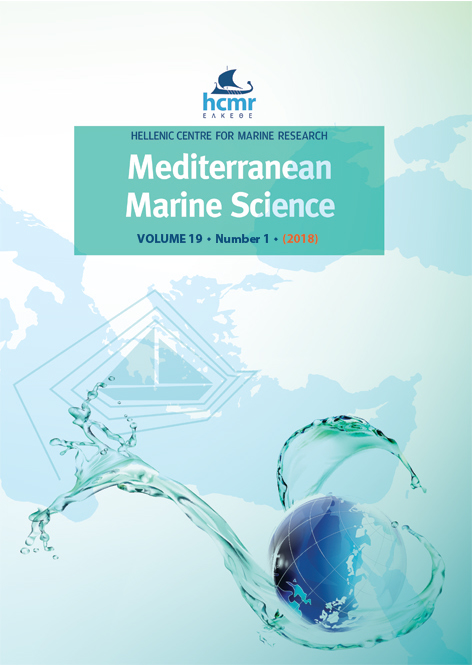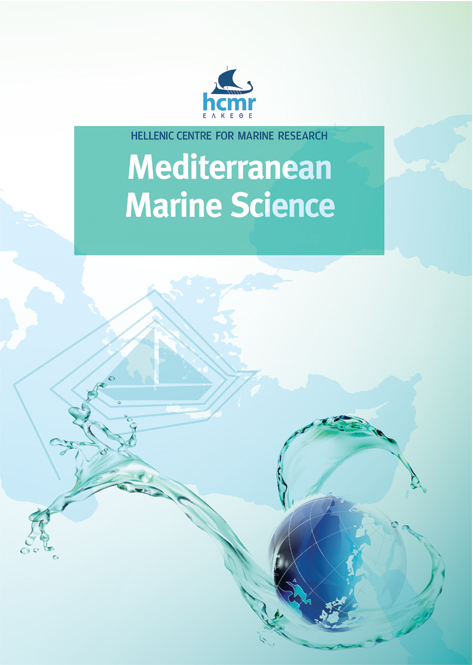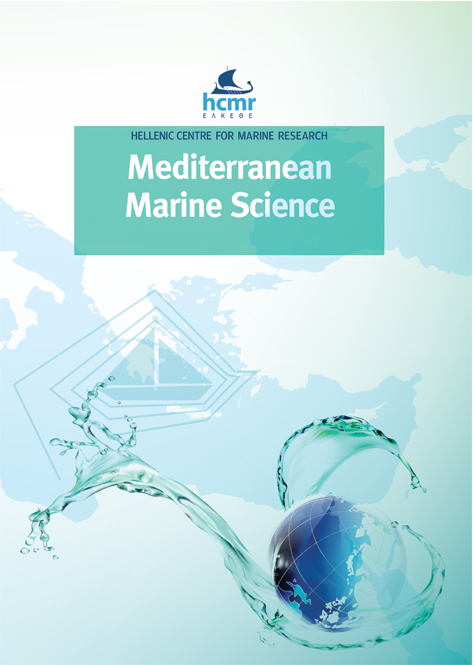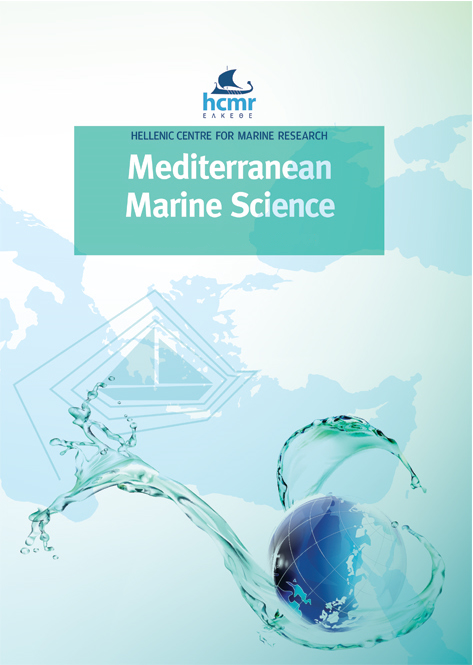The ancient Levantine Botryllus schlosseri (Tunicata): population genetics landscape under frequent natural disturbances
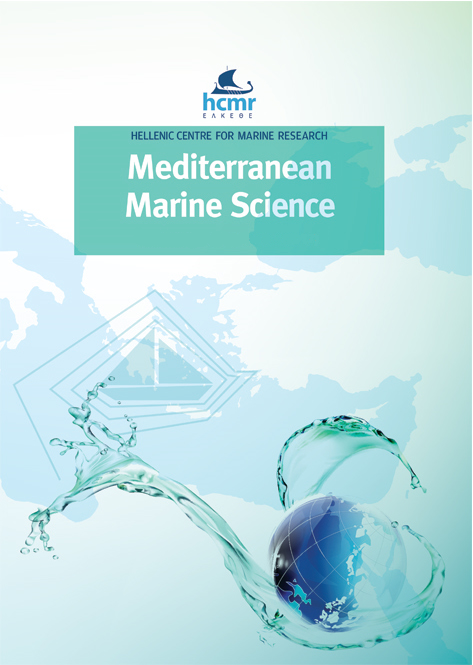
Abstract
The colonial ascidian Botryllus schlosseri is a cosmopolitan species, commonly found in sheltered temperate marine environments, primarily marinas/harbors. B. schlosseri larvae settle immediately upon release on hard substrates in vicinity (<50cm) to maternal colonies, suggesting genetically structured populations on fine spatial scales. By employing seven microsatellite loci, this study characterizes long-term (2004-2008) genetic structures of a B. schlosseri population residing underneath stones at Michmoret harbor, the Israeli Mediterranean coast, revealing a persistence of genetic structure through time. Further, the Michmoret harbor was exposed to episodes of natural disturbances (October 2006 and November 2007), during which the entire populations were eradicated from shallow waters. These disturbances provide a unique opportunity to study the population genetic dynamics of newly established populations of a marine invasive species, within its geographic origin. The results revealed a four year-long structured single population in Michmoret harbor, homogeneous at the time but not at the micro-geographic scales. The B. schlosseri population from Michmoret harbor, unlike other populations of B. schlosseri worldwide, showed no genetic changes such as changes in the distribution of allele frequencies that were reported in other B. schlosseri populations after natural catastrophic events.
Article Details
- How to Cite
-
TAMIR, S., REEM, E., PAZ, G., TIKOCHINSKI, Y., & RINKEVICH, B. (2022). The ancient Levantine Botryllus schlosseri (Tunicata): population genetics landscape under frequent natural disturbances. Mediterranean Marine Science, 23(1), 140–149. https://doi.org/10.12681/mms.28622
- Issue
- Vol. 23 No. 1 (2022)
- Section
- Research Article
Authors who publish with this journal agree to the following terms:
- Authors retain copyright and grant the journal right of first publication with the work simultaneously licensed under a Creative Commons Attribution Non-Commercial License that allows others to share the work with an acknowledgement of the work's authorship and initial publication in this journal.
- Authors are able to enter into separate, additional contractual arrangements for the non-exclusive distribution of the journal's published version of the work (e.g. post it to an institutional repository or publish it in a book), with an acknowledgement of its initial publication in this journal.
- Authors are permitted and encouraged to post their work online (preferably in institutional repositories or on their website) prior to and during the submission process, as it can lead to productive exchanges, as well as earlier and greater citation of published work (See The Effect of Open Access).





